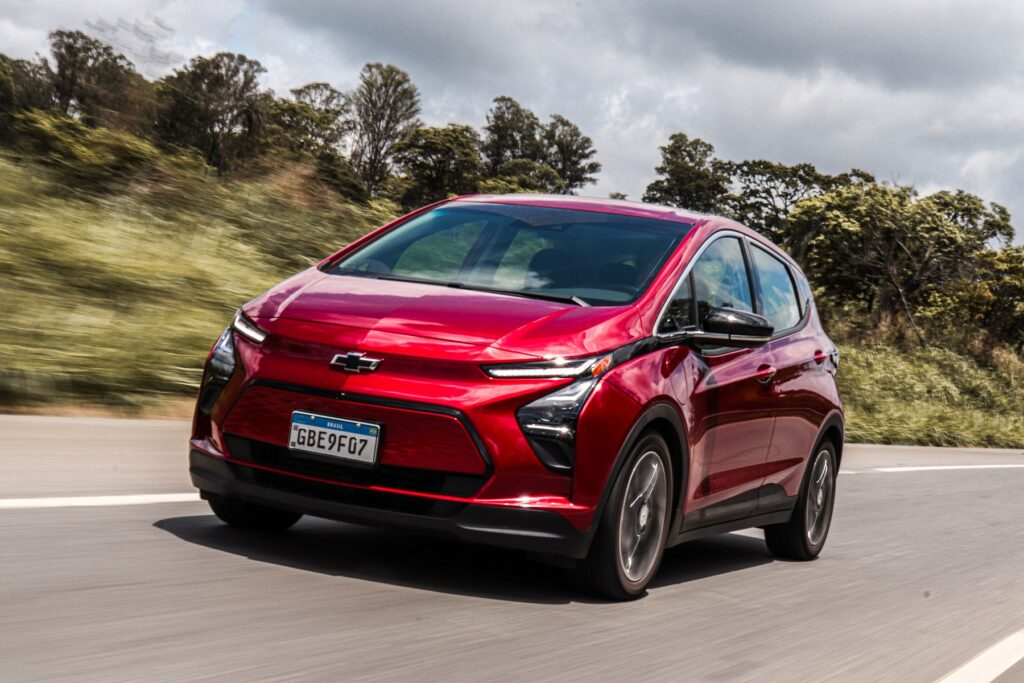The automotive industry is on the brink of a green revolution, with electric vehicles (EVs) and hybrids leading the charge. In 2024, significant changes to tax credits are set to influence how consumers choose between EVs and hybrids. According to InsideEVs, the new tax incentives could save consumers up to $7,500 on their next vehicle purchase. This article will explore how these tax credits are shaping car choices, the advantages of each vehicle type, and how consumers can make informed decisions.
Understanding the 2024 Tax Credits
The New Tax Credit Landscape
With the Inflation Reduction Act (IRA) modifications taking effect in 2024, the U.S. government is incentivizing the shift towards greener vehicles. The revised tax credits aim to make EVs more accessible to the average consumer by:
- Offering up to $7,500 in tax credits for qualifying electric vehicles.
- Implementing stricter sourcing requirements for battery materials to encourage domestic manufacturing.
- Including used EVs under tax credit eligibility, providing up to $4,000 in savings.
Impact on EV and Hybrid Sales
According to Bloomberg Green, these tax credits are expected to boost EV sales by 15% in 2024. However, hybrids, especially plug-in hybrids (PHEVs), will also see increased demand due to their eligibility for partial credits. This shift is not just a win for the environment but also for consumers looking for cost-effective and sustainable transportation solutions.
EVs vs Hybrids: Key Differences
Battery Electric Vehicles (BEVs)
BEVs run entirely on electricity and are known for their zero emissions. Brands like Tesla, Rivian, and Lucid Motors are at the forefront, offering models like the Tesla Model 3 and Rivian R1T. Key benefits include:
- Zero Tailpipe Emissions: Ideal for eco-conscious consumers.
- Lower Running Costs: Electricity is generally cheaper than gasoline.
- High Efficiency: BEVs convert over 77% of electrical energy to power at the wheels.
Hybrids and Plug-In Hybrids (PHEVs)
Hybrids use a combination of gasoline engines and electric motors. PHEVs, like the Hyundai Ioniq Plug-in and Ford Escape PHEV, can run on electric power alone for short distances. Advantages include:
- Extended Range: No range anxiety due to the gasoline backup.
- Flexibility: Ideal for areas with limited charging infrastructure.
- Lower Emissions: While not zero-emission, hybrids emit less carbon than traditional vehicles.
How Tax Credits Influence Car Buying Decisions
Deciding Factors for Consumers
When choosing between EVs and hybrids, consumers should consider:
- Driving Habits: EVs are ideal for city driving with frequent charging opportunities, whereas hybrids are suitable for longer commutes.
- Charging Infrastructure: Assess the availability of charging stations in your area using resources like PlugShare.
- Environmental Impact: EVs are the best choice for reducing carbon footprints.
- Cost Considerations: Factor in the total cost of ownership, including potential tax credits, maintenance, and fuel savings.
Where to Buy and What to Compare
- Dealerships and Online Platforms: Many manufacturers like Tesla and Volkswagen offer direct sales online, while others can be found at local dealerships.
- Comparison Lists: Websites like AutoCar and CleanTechnica provide detailed comparisons of EV and hybrid models, helping buyers find the best fit for their needs.
- Test Drives: Always test drive both EVs and hybrids to get a feel for their performance and comfort.
Practical Tips for Prospective Buyers
Charging Your EV
- Home Charging: Install a Level 2 charger for convenience; many utilities offer rebates to offset installation costs.
- Public Charging Networks: Use apps to locate fast chargers; networks like Electrify America are expanding rapidly.
Maximizing Tax Credit Benefits
- Stay Informed: Regularly check the IRS website for updates on qualifying models.
- Plan Your Purchase: Consider timing your purchase early in the year to maximize the availability of credits.
Conclusion: The Road Ahead
The 2024 tax credits are a game-changer, encouraging more consumers to consider EVs and hybrids. Whether you prioritize sustainability, cost savings, or flexibility, the right choice depends on personal needs and lifestyle. As battery technology advances and charging infrastructure expands, the future of transportation looks increasingly electric.
Are you ready to make the switch? Share your thoughts or experiences with EVs and hybrids in the comments below. As we move towards a greener future, your decision today can make a significant impact tomorrow. Stay tuned to Electrek and TechCrunch for the latest updates in the EV landscape.

